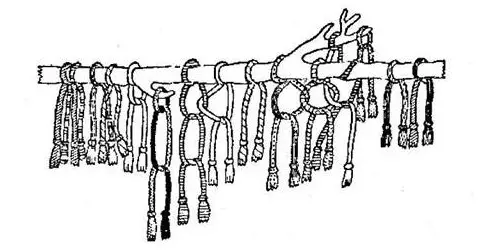Everything we do not think about it seems simple to us. Here, for example, numbers. Mathematics can still be difficult, and the numbers are just badges that indicate numbers from zero to nine. It seems to us that in a different way and can not be! But many civilizations considered otherwise.
Double life alphabet letters
In some nations, the role of numbers traditionally performed the letters, each of which denotes or units, or dozens, or hundreds and thousands.
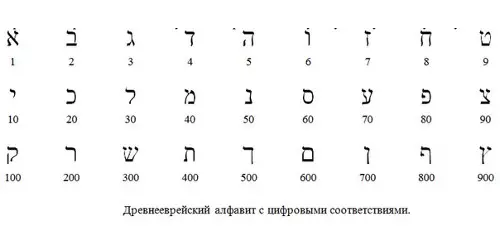
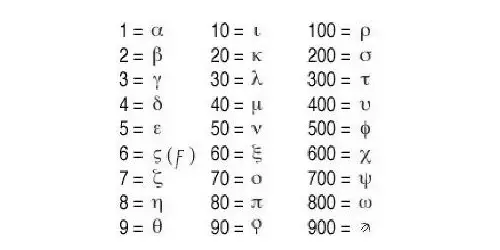
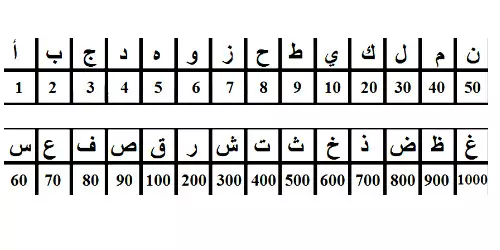
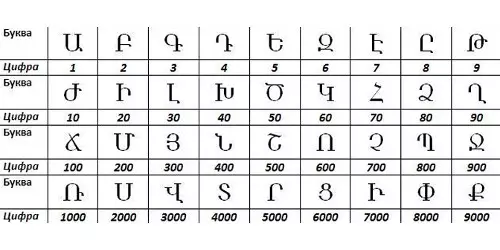
A little bit, Dopurerovskaya Rus and Ethiopia distinguished; To show that the letters need to be read exactly how the numbers, a special icon joined them. In the Russians, he was called "Title":
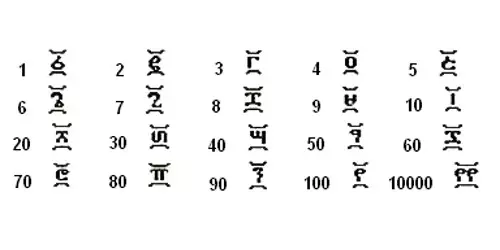
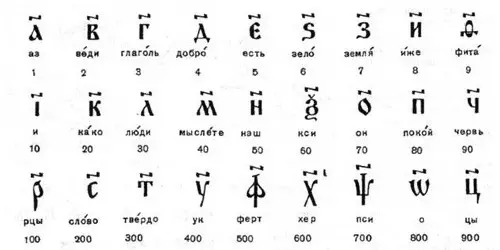
There are no zero numbers in all these systems, and many of them cannot write numbers more than 999. As far as it was convenient to use for calculating, the fact that Greek mathematicians recorded with their numbers only "given" and "answer", and the decision was performed using Babylonian clinox system. Babylonian clinox system. Otherwise it was easier to come up with a new philosophical teaching than to solve something more difficult than five five.
Cheerful pictures of the ancient Egyptians
The tribesmen of Tutankhamon and Nefertiti had a very developed hieroglyphic letter - that required no less developed bureaucracy, however, they did not select individual icons under the numbers. The unit was denoted by the same hieroglyph that the trait, a dozen - heel, a hundred - loop ropes, a thousand - lotus. But ten thousand for Europeans are especially unexpected, because it is this part of the body we associate with miserable units - finger! One hundred thousand was labeled, but the million icon was unique. He portrayed a man who kneeling his knee and raised his arms, as if in the shock before such a number. Although, if you think about, a million is just a hundred toad or a thousand fingers.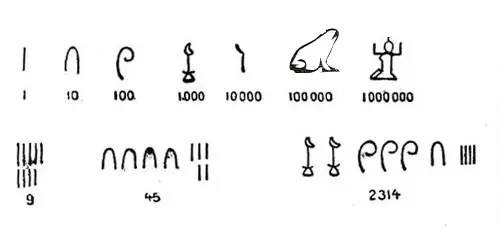
Maja emoticons
But the Mayan had two ways to record numbers. Probably for boring people and for fun. The system for boring zero was recorded with a shell, a point - a point, a fivefold - line, and these three icons were enough to designate any number. Moreover, the numbers were recorded approximately by the same principle that we have, only the system was not more than a twenty. That is, the record point and shell (10) meant our twenty (20). And the real ten was recorded as two traits (5 and 5).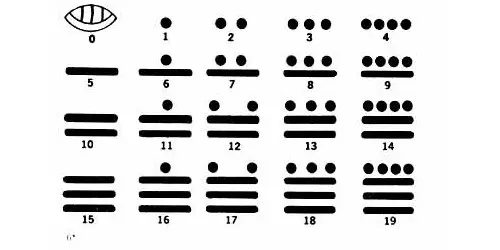
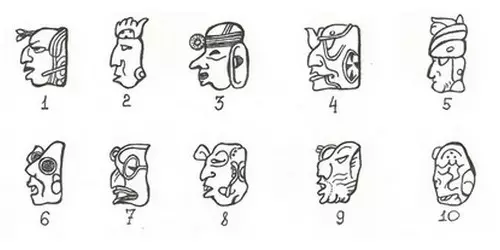
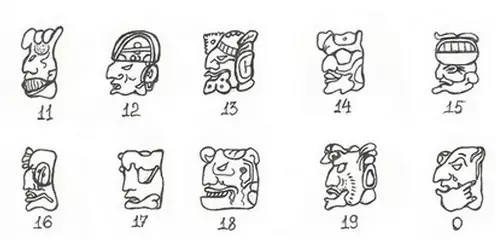
Babylonian clinows
Babylonians used a six-month number system, but in each sixtiest, it, judging by the method of recording, was a conventional decimal. Babylonians enjoyed zero, although they did not consider it as a separate number. As for the recording of numbers directly, it immediately begins to rich in the eyes immediately. We believe for such an unpleasant effect Babylonian mathematicians were to get milk, and better beer, because otherwise staying in their mind, watching it all day, it is impossible: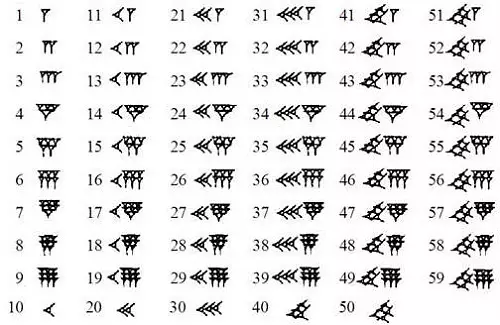
Ancient Romans: Fanyers and Dozens
At first glance, the ancient Romans just as the Greeks used the alphabetical record of the numbers. In fact, they used only some letters for the conditional designation of units and tops in decodes. By the way, it was originally part of these dig lines to the letters of relationships did not have, these were similar to Roman letters Etruscular badges, meaningfully denoting finger ( I. - unit), palm ( V. - Five, only from the Etruscans she was an angle up) and two palms near ( X. - ten). The Romans also used to designate numbers with letters. L. (50, five dozen), C. (100), D. (500, five hundred) and M. (1000). Large numbers were denoted by setting the letters to the line, meaning multiplication by 1000. So, 5000 is V. (5) with a feature, 10 000 - X. (10) With a feature, and so on. 2015 Ancient Roman would mean like this: MMXV. (1000 + 1000 + 10 + 5). With this method of entries, a separate bookbone is not needed for zero, so that the zero itself did not know how the number of Romans did not know.Inki: nodules for memory
Incas had two types of writing. Classical, nodules ("Kipu") and two-dimensional, in the form of records on parchment, leaves and even ornaments on clothes ("Kilka"). Kipu had several types of complexity. Numeric recording of nodules owned all adults inks. An ordinary letter was owned by educated people (for example, officials - the Incas were a very bureaucratic empire), and the letter is difficult, necessary for detailed and detailed records - only scientists and chronicists. The default brief was considered an elite type of writing, ordinary people were forbidden to use it. Numbers, like words, in the Kipa were denoted by nodules of a certain form. Scientists argue that the Inca used a ten-hour number system and recorded numbers, as we show them on accounts - only instead of the rows of knots were the rows of nodes. I must say, the European numbers of the Inca learned from the Spaniards at times, found them such simple, which is boring and stupid, and frankly ridicule. In response, insulted Spaniards were engaged in systematic kip. So many invaluable historical chronicles disappeared. By the way, the Incas were the first people who used a double account in accounting (recorded a debit with a loan). For computing, they used a specific view of the account, SUPAN. Some modern scientists believe that Jupan worked on the Fibonaccia number system, invented by Incas, of course, long before Fibonacci.